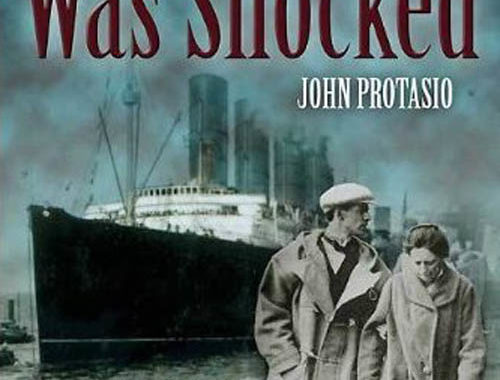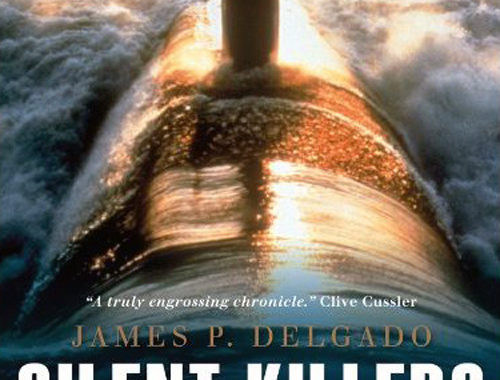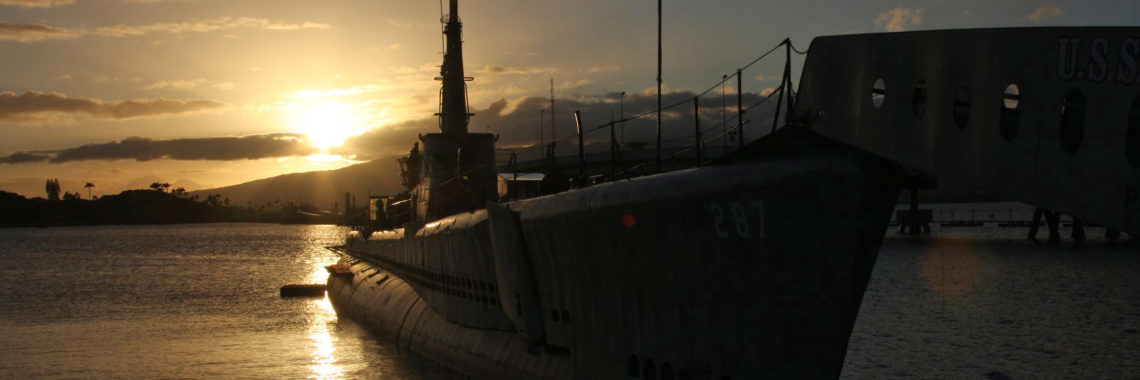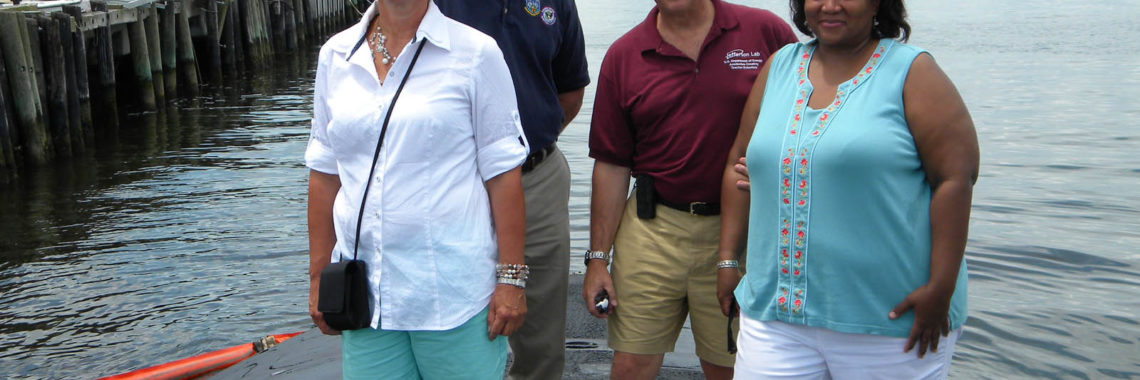Call for Papers: Decision in the Atlantic
Friday and Saturday 17 – 18 May 2013 Department of War Studies, King’s College London In the history of warfare few campaigns have been as long, as complex or covered as large an area as the Battle of the Atlantic did in the Second World War. The contest for allied maritime communications began on the







